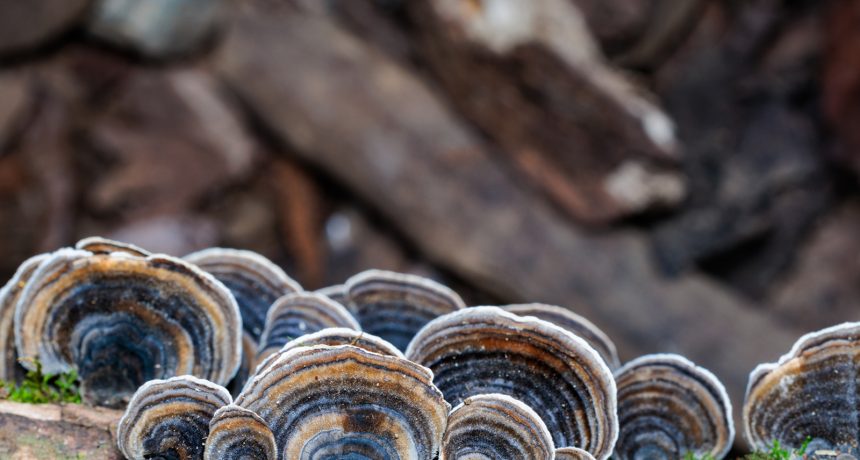Spring is about 6 or 7 weeks away. Time to get the popup greenhouses out and get these seeds going! Progress: Last March, many of you helped us raise…
- 110 West High Street Woodbury, TN 37190
- sales@halfhillfarm.com
- 615-469-7778
- Tue - Fri 10 am to 6 pm | Sat - Mon 10 am to 4 pm
- 110 West High Street Woodbury, TN 37190
- sales@halfhillfarm.com
- 615-469-7778
- Tue - Fri 10 am to 6 pm | Sat - Mon 10 am to 4 pm
Our friends at Yellowbird Farms take a break from sheep to make Shiitake mushroom logs. Our first season of mushroom log workshops is now closed as we head into…
This lightning struck White Oak became several Shiitake mushroom logs. It’s always fortunate when the only damage from a storm is to property. Sometimes that includes damage to favorite…
We spent most of the beautiful weekend (ahead of predicted rains) getting everything planted. Due to the frost two weeks ago, we are about a month behind on everything…
Farmers turn to cancer-fighting – Cannon Courier – April 9, 2014 (WOODBURY, TN) Mushrooms are revered in ancient herbal medicine as a cure-all for everything from colds and flu…
What better way to celebrate the first full day of Spring than inoculating some locally harvested oak with medicinal and edible mushrooms! These one foot Red Reishi, Shiitake and…
You can help change the way people think about their food and health while reconnecting them to a rural farm experience. Vince and I started our small seven acre…
Vince and I set up our first chemical free habitat for #Tennessee native solitary #bees between our blueberries and apple trees. This is part of our ongoing Bee Sanctuary…
2 1/2 quarts of Red Reishi extract made at Half Hill Farm. Purchase our 1:1 dual extracts. Red Reishi (Ganoderma lucidum) and Turkey Tail (Trametes Versicolor) mushrooms have been…
Trametes Versicolor growing on a down tree at Half Hill Farm. Just before Thanksgiving, Vince’s mother Sandy went to the hospital with what was believed to be pneumonia. It…


